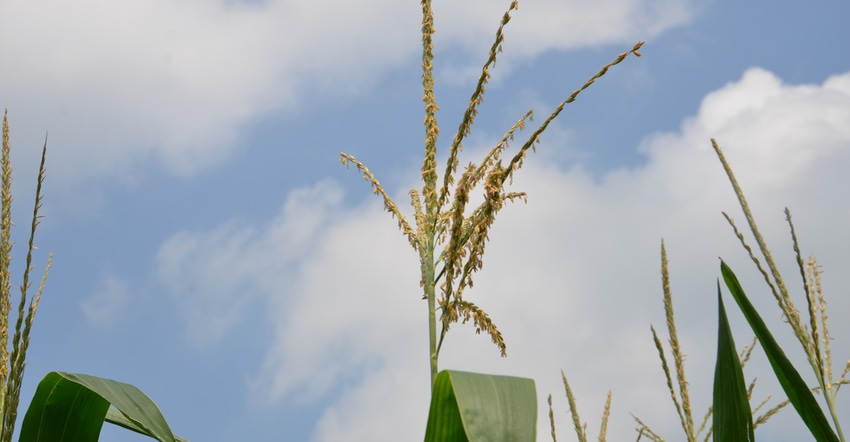May 31, 2018

We have a hybrid test plot. I want to walk it and take notes. If I walk it in mid-July as ears fill out, what kind of notes should I take?
The panel of Indiana certified crop advisers answering this question includes Don Burgess, agronomist with A&L Great Lakes Labs, Fort Wayne; Jesse Grogan, agronomist with Ag Reliant Genetics, Lafayette; and Bryan Overstreet, Purdue University Extension ag educator in Jasper County.
Burgess: Assess those factors that normally are measured when estimating corn yield, including ear length and diameter, as well as tip fill and incomplete pollination. Don’t assume this will necessarily equate to yield, as late-season factors or stresses can result in abortion or incomplete grain fill that could reduce final yield. However, you can use this information to see differences in overall yield potential.
Look for pest activity, including insect and disease pressures. If an insect or disease is found, look for any differences in the expression between different hybrids.
Look for evidence of stalk or root issues, including goose-necking or evidence of green snap in the plot, whether in standing plants or remaining plant carcasses. Evaluate the overall size of the stalk, and feel for any weakness or softness in the stalk.
Evaluate the consistency of plants within the plot. Differences in growth stage, size or overall architecture of the plant should be noted. Try to separate the variability that may have been caused by a management or equipment issue such as uneven planting depth from that expressed by the genetics of the hybrid.
Scouting plots at this point in the growing season allows you to see differences that may not be easily evaluated at harvest. However, it’s important to remember that there are still many factors that can affect final yield and overall performance of a corn hybrid.
Grogan: Collecting notes on hybrids through the season helps in selection for your farm. Hybrid strengths and weaknesses of selected hybrids can be understood and managed for best performance in future crops. Notes taken in mid-July should be for things that aren’t acceptable in a hybrid. These traits could be such things as ear height — either too high or too low; early onset of foliar disease, such as gray leaf spot or northern corn leaf blight; and plant height — either too tall or too short.
Overstreet: Here is my list of 10 factors to take notes on.
1. Does disease resistance between hybrids vary? Identify lesions because there may be more than one disease present.
2. What about lodging? Take notes on standability.
3. Are there differences in insect tolerance? Look for damage from European corn borer and western bean cutworm.
4. How well did each hybrid pollinate? Be sure to look at tip fill.
5. How many rows of kernels are on ears? Number of kernel rows per ear is largely a genetic trait.
6. Is there leaf firing? This could be a judge of how much nitrogen a hybrid uses vs. other hybrids.
7. What is the leaf orientation? Does it have an erect leaf or more of a flat leaf? You may use this information if you are looking at changing populations or row width.
8. How many plants have suckers? Note this trait for each hybrid.
9. How many plants have double ears? Are they productive ears that will contribute to yield?
10. Are there differences in plant height? Pay attention to this trait in the field.
You May Also Like




